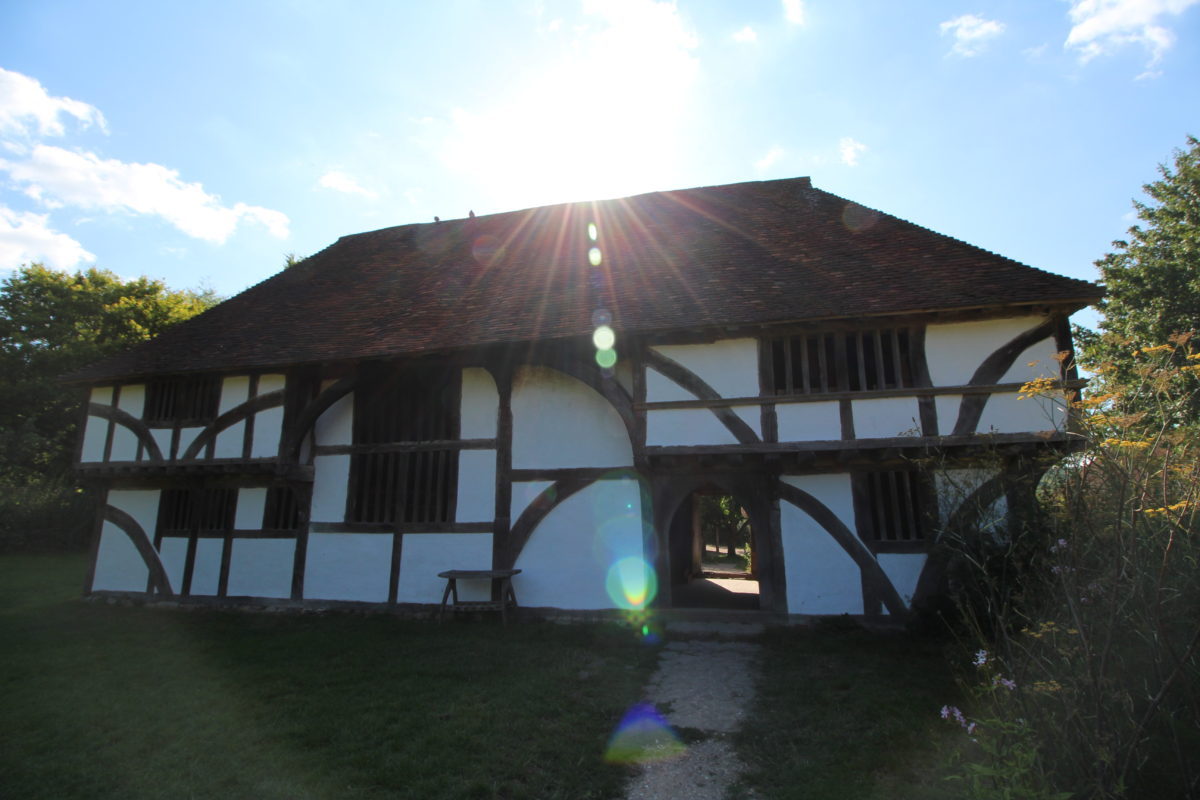The second half of the twentieth century saw a significant rise in the study of ‘ordinary’ mediaeval and early modern buildings constructed by and for peasant, yeoman and urban communities. Typically made from local materials, such buildings might incorporate timber, mud, straw, stone and chalk components – yet their survival rate is surprisingly widespread.
This introductory talk looks at pre-modern building materials, construction techniques and historical developments of vernacular architecture relating to domestic occupation and agricultural systems. It will conclude with a case study analysing the development and phasing of an incredible “lost” hall house in the midlands.
To book this lecture for an in-person or online event please do get in contact

